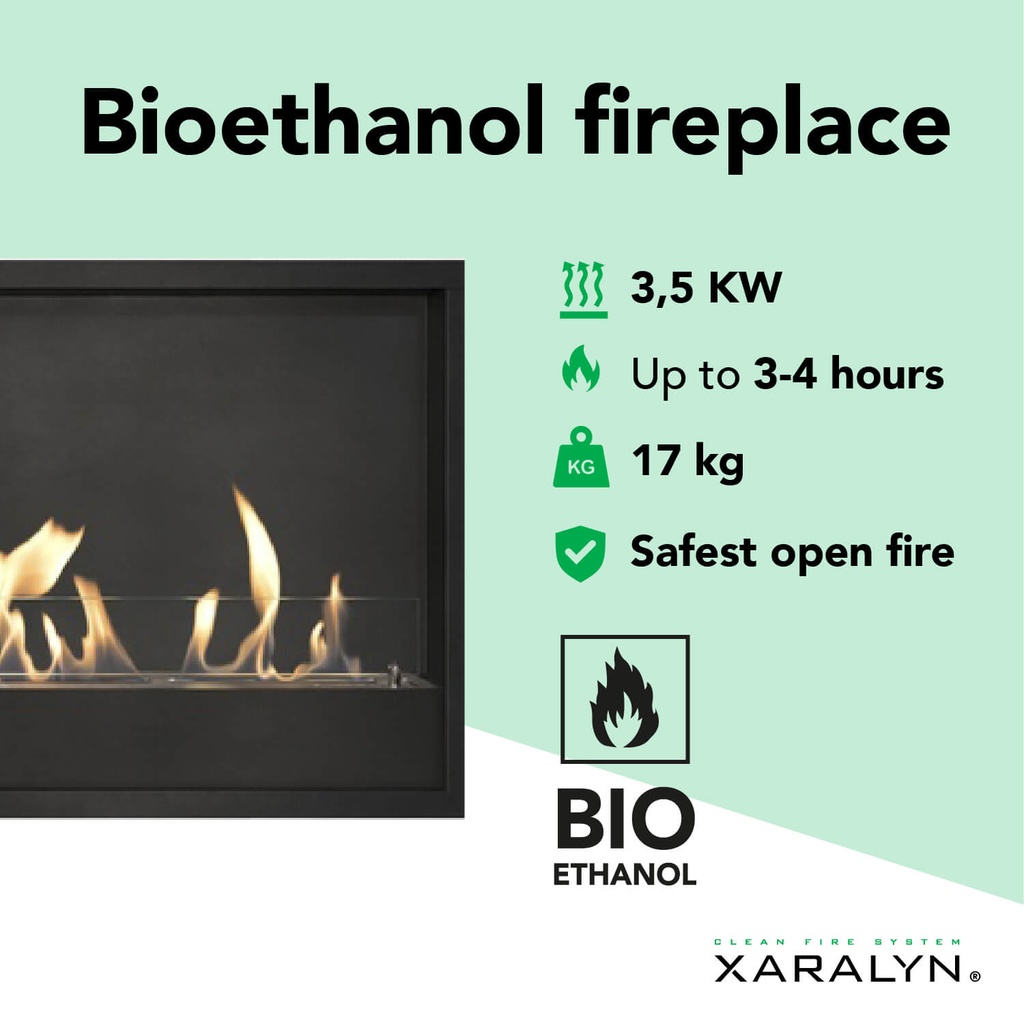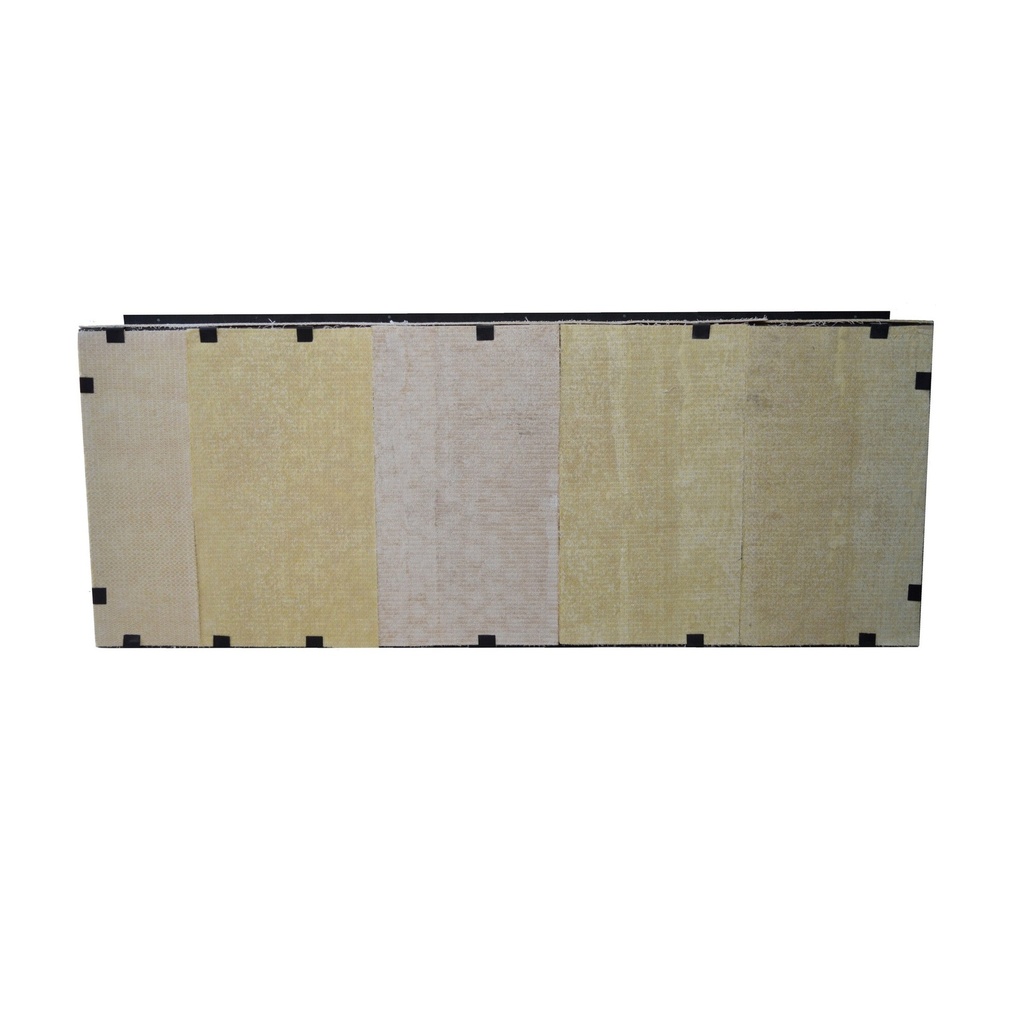Built-in Fireplaces: Easy to Install Yourself
Built-in fireplaces have become a popular choice for people looking to enhance their homes with a modern and efficient heating solution. These fireplaces are literally built into the wall, giving them a seamless and elegant appearance. They come in various types, including wood-burning, gas, electric, and bioethanol fireplaces. Here, we specifically focus on bioethanol built-in fireplaces, which are becoming increasingly popular due to their eco-friendliness and ease of use.
What is a Bioethanol built-in Fireplace?
A bioethanol built-in fireplace is a type of fireplace that uses bioethanol as fuel. Bioethanol is a renewable energy source produced from biomass such as corn, sugarcane, and potatoes. It burns cleanly and produces no smoke, soot, or ash, meaning no chimney or ventilation system is needed.
Advantages of bioethanol built-in fireplaces
- Eco-friendly: Since bioethanol is produced from renewable sources and burns cleanly, it is an environmentally friendly choice. It does not contribute to air pollution or the emission of harmful substances.
- Easy installation: Without the need for a chimney or complex ventilation system, bioethanol built-in fireplaces are easy to install. They can be placed almost anywhere in the house, as long as there is adequate ventilation.
- Ease of use: Lighting a bioethanol fireplace is as simple as using a lighter or match. Refilling the fuel is easy and clean.
- Stylish appearance: Bioethanol built-in fireplaces are designed with aesthetics in mind. They come in various styles and finishes, making them suitable for both modern and classic interiors. Real flames without the hassle!
- Low maintenance: Since bioethanol combustion produces no smoke, soot, or ash, these fireplaces are very low maintenance. Periodic cleaning is often enough to keep the fireplace in top condition.
Disadvantages of bioethanol built-in fireplaces
While bioethanol built-in fireplaces have many advantages, there are also some disadvantages to consider:
- Heat production: Although bioethanol fireplaces can produce enough heat to warm a room, they are usually not powerful enough to serve as the sole heating source in a home.
- Ventilation requirements: Although no chimney is needed, bioethanol fireplaces must be placed in a well-ventilated space to ensure safe combustion and to prevent carbon dioxide buildup. Our advice: Do not place a large bioethanol fireplace in a small room.
Tips for choosing a bioethanol built-in fireplace
- Determine the location: Choose a spot in your home where the fireplace will be both functional and aesthetically pleasing. Consider ventilation and the proximity of flammable materials.
- Choose the right size: Bioethanol fireplaces come in various sizes. Make sure to choose a model that fits the space and intended use.
- Fuel storage: Consider where you will store the bioethanol fuel. It is important to store the fuel in a safe and accessible place. Bio-ethanol is best stored in a cool place.
- Safety features: Look for safety features. A safe bioethanol fireplace complies with the EN 16647:2015 standard for the safe use of bioethanol fireplaces, as set by the joint countries within the EU.
Conclusion
Bioethanol built-in fireplaces are a stylish and eco-friendly choice for anyone looking for a modern fireplace solution. They offer a range of benefits, including easy installation, ease of use, and low maintenance. Although there are some disadvantages, the benefits often outweigh them. With the right considerations and precautions, a bioethanol built-in fireplace can be a beautiful and functional addition to any home.























